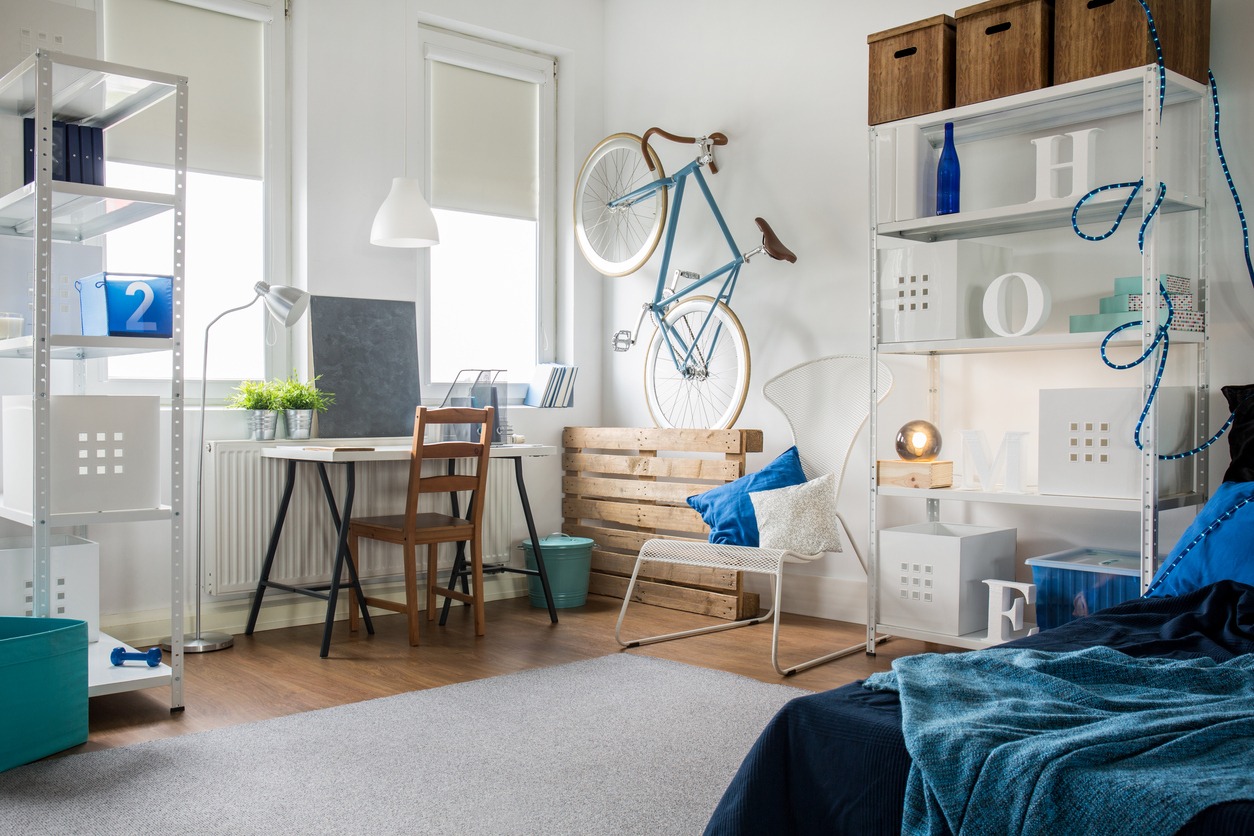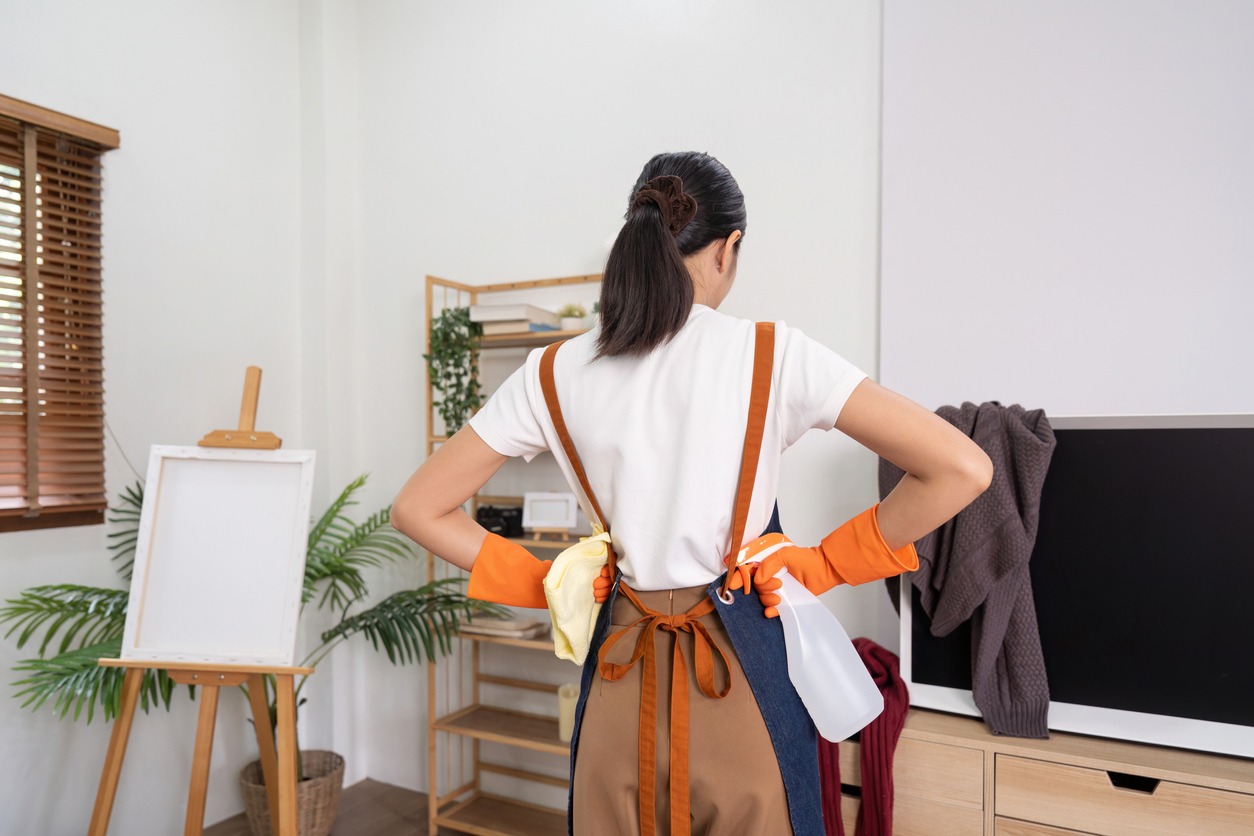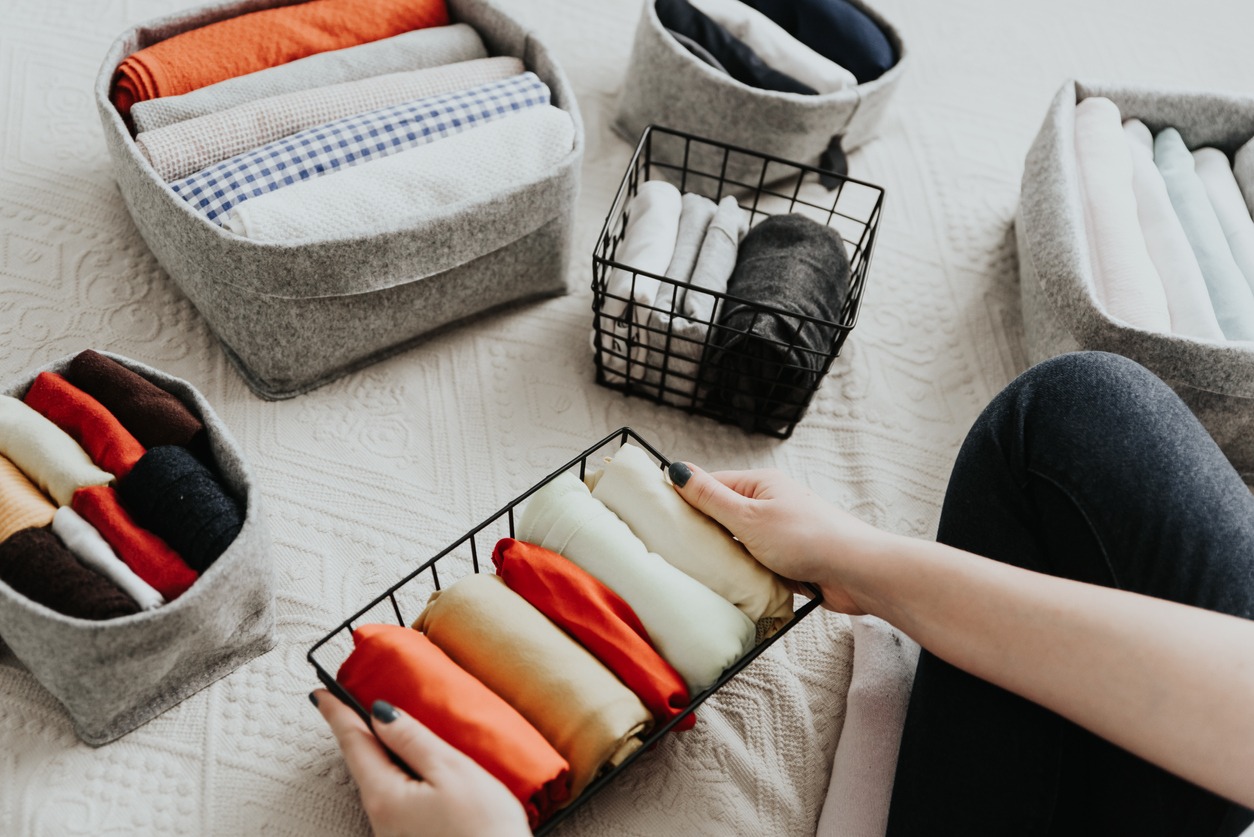Living in a studio apartment presents unique challenges and opportunities when it comes to organization and space utilization. With limited square footage, every inch counts, making it essential to find creative and efficient ways to organize your space. But no worries because this comprehensive guide will walk you through effective strategies for organizing your studio apartment, turning it into a functional, stylish, and cozy space.
Understanding Your Space
Taking the time to assess the layout meticulously is a crucial precursor to any organizational or decorative endeavor.
Assess the Layout
Begin by examining the overall shape and flow of your apartment. Is it a long and narrow rectangle, a square, or an irregular shape? The geometry of your space will influence how you can effectively divide and use different areas. Pay attention to how natural light enters the space through windows, which areas receive the most natural light, and how it changes throughout the day. Natural light can significantly affect how colors, textures, and even the size of the space appear.
Note Windows, Doors, and Fixed Elements
Windows and doors dictate much about how a space can be utilized. For instance, you wouldn’t want to block a large window with a tall bookshelf, nor would you place your bed in a way that obstructs the doorway. Consider the views from your windows as well; they can become a focal point or an extension of your living space if framed correctly by your interior arrangement.
Fixed elements like closets, counters, built-in shelves, or appliances are immovable anchors in your studio’s layout. Their locations often determine the layout of your living, sleeping, and dining areas. For example, a kitchen counter might naturally separate the cooking area from the rest of the living space, or a built-in closet might define one side of the sleeping area.
Utilize Architectural Features
Architectural features can become assets in organizing your space. A niche in the wall can house a desk or shelving unit, a windowsill can serve as extra storage or display space, and even structural columns can be used to hang lights or divide areas.
Plan with the Space’s Flow
Consider the flow of movement through your apartment. You’ll want to ensure that there’s a clear path between the entryway, living space, kitchen, and bathroom that doesn’t require navigating around obstacles. This flow should feel natural and easy, promoting a sense of tranquility and order.
Complement the Apartment’s Inherent Characteristics
Every studio apartment has its unique charm, whether it’s exposed brick walls, hardwood floors, high ceilings, or panoramic windows. Recognizing and embracing these features can guide your organizational and decorating choices, ensuring that your efforts enhance rather than detract from the space’s inherent beauty.
By taking the time to understand your studio apartment’s layout, natural lighting, fixed elements, and architectural features, you lay a solid foundation for effective organization and decoration. This thoughtful approach ensures that your space is not only functional but also a true reflection of your personal style and the unique characteristics of your studio apartment.
Zoning Your Space
In a studio apartment, it’s essential to create distinct zones for sleeping, living, and, if possible, working. This not only helps in organizing your space but also promotes a healthier lifestyle by delineating areas for rest, leisure, and productivity.
- Living Area: A sofa that doubles as a sleeper, paired with a coffee table that can elevate for dining or work, can anchor your living space.
- Sleeping Area: Consider a Murphy bed or a loft bed to free up floor space during the day. Room dividers or curtains can provide privacy and a psychological boundary.
- Work Area: A compact, fold-down desk mounted to the wall can serve as a workspace without permanently occupying floor space.
Flexibility is key in a studio apartment. Choose furniture and arrangements that can be easily adapted for different activities, such as entertaining guests or engaging in hobbies. If you are thinking of renting a small apartment with your baby, you may read our article, Can You Raise a Baby in a One-Bedroom Apartment? for more helpful tips and recommendations.
Maximizing Vertical Space
Maximizing vertical space is about leveraging the height of your apartment to create storage solutions, display areas, and design elements that enhance both the functionality and the visual appeal of your space.
Utilize Wall Space for Storage
The walls of your studio are prime real estate for storage that doesn’t encroach on your living area. Installing shelving units, wall-mounted cabinets, or hanging systems can dramatically increase your storage capacity. Consider floating shelves for books, decorative items, or kitchen essentials. Wall-mounted cabinets can hide clutter and store items out of sight, maintaining a clean and uncluttered look. For items like bikes, tools, or even foldable chairs, hanging systems can keep the floor clear and make use of often-overlooked space.
Think Vertical with Furniture
When choosing furniture, think beyond the floor. Tall pieces like bookcases or armoires can draw the eye upward, making the ceilings appear higher and the room larger. Furniture that extends up the wall, such as a tall bookshelf or a ladder shelf, not only provides ample storage but also adds a dynamic visual element to your decor. Even in the kitchen, opting for cabinets that reach the ceiling can maximize storage space for less frequently used items or bulk purchases.
Create Vertical Gardens
For those who love greenery, vertical gardens are a fantastic way to bring life into a small space without sacrificing floor area. Wall-mounted planters or hanging pots can transform a blank wall into a lush, living tapestry. This not only improves air quality and mood but also adds a unique, natural aesthetic to your apartment.
Use Hanging Decor to Enhance Height
Decorative elements like hanging lights, macramé art, or even a series of hanging frames can accentuate the height of your studio. These elements draw the eye upward and can serve as a focal point in your decor. Choosing lighting fixtures that hang from the ceiling can also free up surface space on nightstands or tables.
Exploit the Space Above the Furniture
The space above your existing furniture is often underutilized. Installing shelves above desks, sofas, or beds can provide extra storage or display space without cluttering the room. This strategy can be particularly effective in the kitchen, where space above the refrigerator or cabinets can be used for storing seldom-used kitchen gadgets or extra supplies.
Maximize Closet and Cabinet Heights
Within closets and cabinets, consider adjusting shelves to fit your storage needs better or adding additional shelving to take advantage of the full height. Over-the-door organizers in closets or bathrooms can also provide extra storage for accessories, beauty products, or small items, keeping them accessible yet out of the way.
Storage Solutions
Here are a few storage solutions that you can incorporate when living in a studio apartment:
- Hidden Storage: Furniture that incorporates storage is invaluable in a studio apartment. Look for beds with built-in drawers, couches with storage space underneath, and even benches that open up to reveal storage compartments.
- Organizational Systems: Utilize baskets, bins, and organizers inside closets and cabinets to keep your belongings sorted and accessible. Labeling these containers can help maintain order and make finding things a breeze.
- Decluttering Regularly: Adopting a minimalist approach by regularly decluttering is crucial in a small space. Regularly evaluate your possessions and keep only what you truly need or love, ensuring your space remains open and serene.
Keeping Your Space Organized
Here are additional tips on how you can keep your space organized:
- Daily Habits: Incorporate simple daily habits to keep your studio apartment organized. Making your bed, doing the dishes immediately, and a quick nightly tidying-up can prevent clutter from accumulating.
- Organizational Mindset: Having a place for everything and ensuring everything returns to its place can significantly reduce clutter. This mindset will help you maintain the organization and tranquility of your space.
Conclusion
Organizing a studio apartment effectively requires a blend of creativity, discipline, and strategic planning. By defining separate areas, maximizing vertical space, choosing multi-functional furniture, and maintaining organizational habits, you can create a space that feels both expansive and inviting. Remember, the goal is to create a home that supports your lifestyle and well-being, so personalize these strategies to fit your unique needs and preferences.



